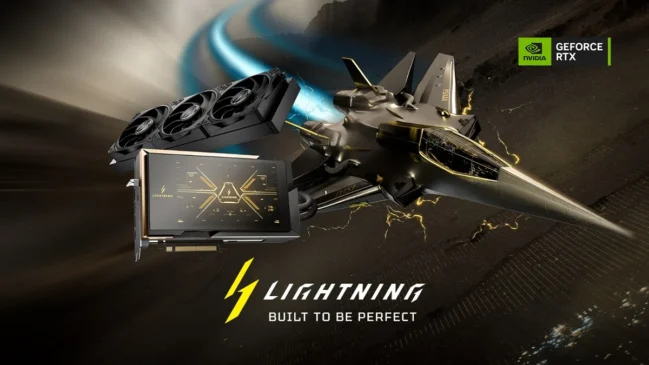
How exactly do I start making music on my own?
I’m sure a lot of you might have asked yourself this question. After all, with the likes of David Guetta and Hardwell topping all international charts, who wouldn’t want to be a music producer/DJ?
While you do need some background in music theory, making music with modern tools is surprisingly easy. The learning curve for Ableton and Logic Pro might be steep, but it is nowhere as rough as actually learning an instrument.
That said, you do need some basic technical gadgets before you can jump into the studio and jam out some hits. Below, I’ve made a list of the 5 must-have devices that you need to start producing music:
1. A high-speed computer

While it is perfectly possible to make electronic music without a computer (thanks to sequencers such as the Akai MPC X), your work will be 100x easier with a high-speed computer. Regardless of what you choose – Mac or Windows – there are a few essential features you should look for:
- At least 8GB of RAM or more
- A fast processor (i5/i7 or greater)
- A minimum of 500GB of storage space
Of course, your choice of DAW (digital audio workstation) matters a lot as well. Two of the three most popular DAWs – Ableton Live and FL Studio – are compatible with both Windows and Mac. However, Logic Pro, the DAW most frequently used by professional musicians, works only on Mac.
If you’re going to perform live, you should opt for a laptop instead of a desktop. This will mean that you’ll sacrifice power for portability.
Keep in mind that music production requires a lot of RAM and processing power. Additionally, music samples – the core ingredients of electronic music production – take up a lot of storage space. The requirements mentioned above should be a minimum.
2. A competent MIDI keyboard

Do you really need a MIDI keyboard to make music?
Not really. But having one will make the process a lot easier and way more fun.
For the uninitiated, a MIDI keyboard is essentially a small piano. It doesn’t produce any sound on its own but plugs into the computer via a MIDI port. This helps you record MIDI notes.
MIDI notes have the special characteristic that they only carry note data and not any sound information. Thus, they can take on any sound you plug in. The same MIDI notes can create the sound of a guitar, a synthesizer, or even drums.
Most DAWs will let you enter MIDI notes manually via a computer keyboard or mouse. But a MIDI keyboard makes the process far more intuitive. You can play the keyboard as you would normally play a piano. In good keyboards, the keys are pressure sensitive as well, which makes it possible to create rhythmic patterns that are more natural.
So which MIDI keyboards should you buy? This article has a good overview of the best MIDI keyboards on the market right now. Use this as a starting point in your buying process. For the most part, you can’t go wrong with an Akai or Novation keyboard.
3. An audio interface

How exactly do you connect a MIDI keyboard to your computer?
Easy: with an audio interface.
An audio interface is essentially an external sound card. It fulfills two purposes:
- Enables you to connect multiple instruments – guitars, microphones, MIDI instruments – to a computer.
- Creates a fast connection between the computer and your instruments to make real-time music production possible.
I can’t stress the importance of the second feature enough. Without a low-latency connection, you’ll get a slight lag between what you play and what actually gets recorded. This makes it impossible to record music that keeps time.
Most audio interfaces have multiple ports. You can choose the combination that fits your needs. If you plan to attach multiple MIDI instruments, for instance, pick an interface with room for several MIDI ports.
However, if you plan to attach an electric guitar, choose an interface with a line-in input.
Most beginners will be well served by Focusrite’s Scarlett range. You have the option of choosing two MIDI ports (Scarlett 2i2) or a combination of one MIDI port and one line-in input (Scarlett Solo).
4. A pair of studio monitor headphones

You can’t use just any headphones to produce music. Rather, you need studio monitor headphones.
Commercial headphones (such as your popular Beats or Skullcandy makes) are designed to amplify the bass and treble frequencies. The mid frequencies, however, are suppressed since casual listeners usually care for the low and high notes.
The frequency response range for commercial headphones, thus, usually follows this “smile” curve:

If you’re producing music, this isn’t exactly good news. As a producer, you want accuracy. You want to be able to hear exactly what a kick drum or high-note sounds like. Commercial headphones will exaggerate or suppress these frequencies, leading to a poor quality mix.
The solution is to use studio monitoring headphones. These headphones have a flat frequency response range. Every frequency – from the lows (bass) to the highs (treble) – are flat. This gives you much better accuracy.
For beginners, the Sennheiser HD280 is one of the cheapest and most dependable studio monitor headphones around. If you have a slightly higher budget, I recommend Audio Technica’s ATH-M50X. They’ll run you close to $100-$200, but for music production, consider them essential.
Besides these, you’ll also need a DAW (digital audio workstation) such as Ableton or Logic Pro. Plug your MIDI keyboard into your computer, get your studio headphones ready, and start producing music right away!








